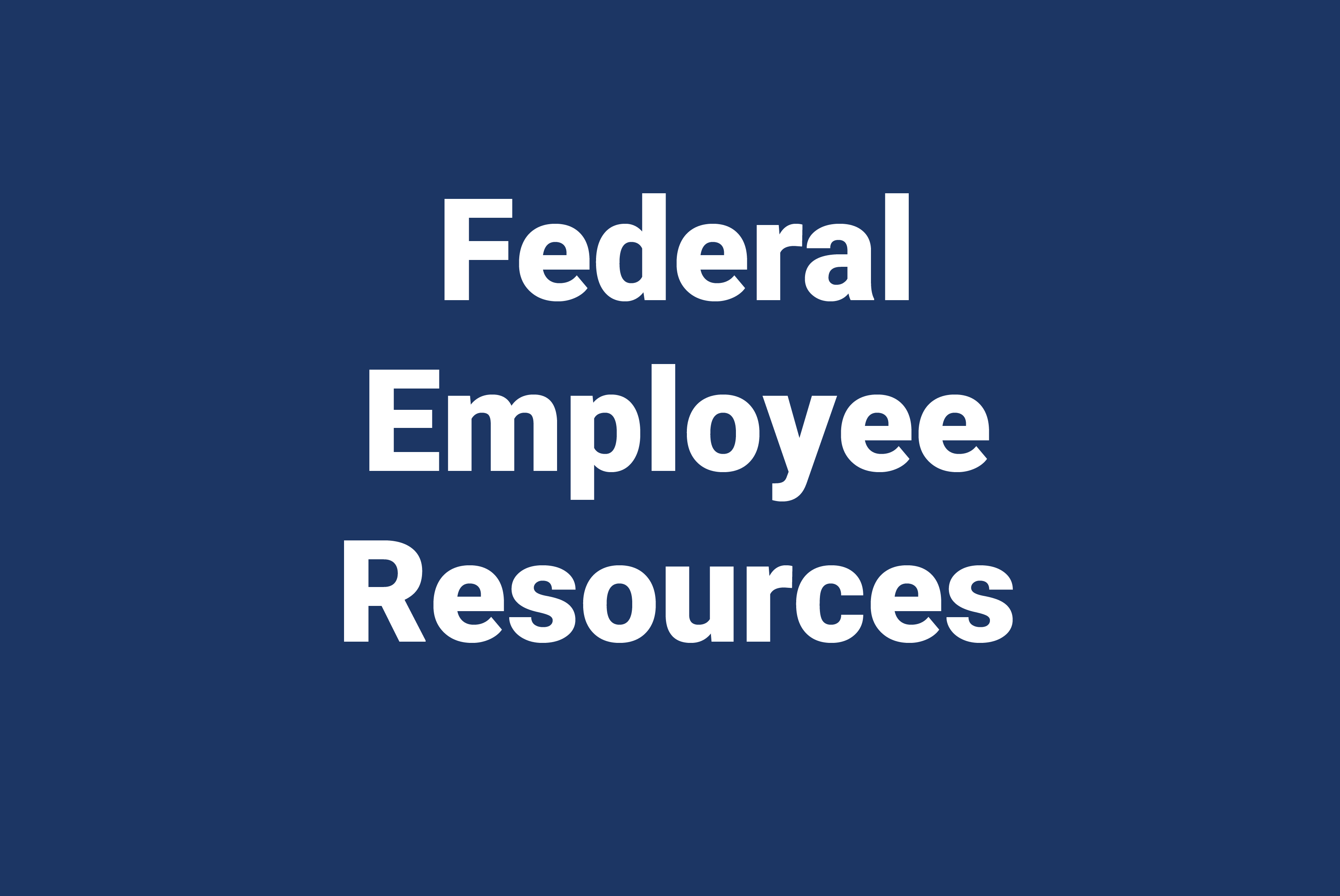
New ALICE report reveals that while Maryland’s veterans are less likely than their non-veteran counterparts to experience financial hardship, there are still inequities among some demographic groups.
Baltimore, Md. (November 11, 2022) – They’ve served and sacrificed for our country, yet nearly one quarter – 24 percent – of Maryland’s 345,821 veterans struggle to afford the basics, according to a new report from United Way of Central Maryland and its research partner United For ALICE.
In 2019, while 5 percent of the state’s veterans were deemed to be living in poverty, 19 percent – nearly 4 times as many – were ALICE (Asset Limited, Income Constrained, Employed). ALICE households earn more than the Federal Poverty Level but less than what it costs to live and work in the modern economy. Combined, 24 percent of Maryland’s veterans were below the ALICE Threshold of Financial Survival, with income that doesn’t meet the basic costs of housing, child care, health care, transportation and a smartphone plan.
“Our freedom comes with the responsibility to ensure that those who have served and sacrificed don’t struggle to make ends meet once they return home,” said Franklyn Baker, president and CEO, United Way of Central Maryland. “Although veterans do have additional supports not afforded nonveterans, there’s room for improvement. Our veterans often suffer in ways we cannot see. This is why we have we partnered with the Veterans Treatment Court team, providing physical and mental health services, employment, financial counseling and more to help veterans navigate the transition to life after active duty.”
The ALICE in Focus: Veterans report and interactive tools reveal that while veterans show lower rates of financial hardship than individuals who never served, Maryland’s veterans face some tougher financial hurdles than their counterparts in Pennsylvania and Virginia.
For example, 40 percent of Maryland’s veterans earning below the ALICE Threshold spent more than 35 percent of their income on a mortgage, utilities, tax and insurance. That’s in comparison with 38 percent in Virginia and 36 percent in Pennsylvania. And for renters, Maryland had one of the highest rates in the Mid-Atlantic region for struggling veterans being rent burdened at 59 percent.
In addition, just 16 percent of Maryland’s financially insecure veterans participated in the Supplemental Nutrition Assistance Program (SNAP), in comparison with 19 percent in West Virginia and 20 percent in Pennsylvania.
However, this first analysis of veterans living in financial hardship using ALICE metrics found that nationally, veterans were less likely to have income below the ALICE threshold than those who never served in the military. The same held true in Maryland, where 24 percent of veterans were below the ALICE Threshold compared to 33 percent of those who never served.
“Veterans have higher rates of full-time employment, are more likely to be homeowners and have more comprehensive health insurance coverage and disability benefits,” said United For ALICE National Director Stephanie Hoopes, Ph.D. “This suggests that the supports afforded veterans are making a difference and could provide invaluable insights for developing strategies that help nonveterans facing financial hardship.”
Other findings from ALICE in Focus: Veterans include:
- Racial and ethnic inequities persist with 33 percent of veterans of two or more races living below the ALICE Threshold compared to 23 percent of White veterans.
- Veterans with disabilities struggled more to afford the basics – 36 percent -compared to 20 percent of veterans without disabilities.
- Inequities also appear for Black veterans with disabilities – 38 percent lived below the ALICE Threshold in comparison with 36 percent of White, 24 percent of Hispanic, and 23 percent of Asian veterans with disabilities.
- While working, veterans still experience financial hardship with 10 percent of veterans with full-time employment and 34 percent of veterans working part time living below the ALICE Threshold.
- Of veterans who graduated high school but had not completed post-secondary education, 31 percent were living below the ALICE Threshold.
- Longer-term military service is linked to greater likelihood of financial stability. In fact, of the 51,795 veterans who served in more than one service era, only 11 percent were below the ALICE Threshold in Maryland – a lower rate than any single era of service.
More data is available through the ALICE in Focus: Veterans interactive data dashboard, which provides filters for regional and local geographies, age, race, disability status, living arrangements, work status and proximity to military bases. Visit UnitedForALICE.org/Focus-Veterans.
ALICE in Focus: Veterans marks the third installment in the ALICE in Focus Research Series, which draws from the U.S. Census Bureau’s American Community Survey (ACS) Public Use Microdata Samples (PUMS). Each installment in the series highlights a specific segment within the ALICE demographic. The other installments focused on children and people with disabilities.
United Way of Central Maryland helps the working poor and those in poverty access basic needs like housing, healthcare, jobs, and education. The nonprofit’s programs promote equity, create opportunity, and improve the lives of our neighbors and the neighborhoods they call home. For nearly 100 years, United Way has tackled the toughest challenges in Baltimore City and Anne Arundel, Baltimore, Carroll, Harford and Howard counties. Learn more at uwcm.org.
About United For ALICE
United For ALICE is a driver of innovation, research and action to improve life across the country for ALICE (Asset Limited, Income Constrained, Employed) and for all. Through the development of the ALICE measurements, a comprehensive, unbiased picture of financial hardship has emerged. Harnessing this data and research on the mismatch between low-paying jobs and the cost of survival, ALICE partners convene, advocate and collaborate on solutions that promote financial stability at local, state and national levels. This grassroots ALICE movement, led by United Way of Northern New Jersey, has spread to 24 states and includes United Ways, corporations, nonprofits and foundations in Arkansas, Connecticut, Delaware, Florida, Hawai‘i, Idaho, Illinois, Indiana, Iowa, Louisiana, Maryland, Michigan, Mississippi, New Jersey, New York, Ohio, Oregon, Pennsylvania, Tennessee, Texas, Virginia, Washington, Washington, D.C., West Virginia and Wisconsin; we are United For ALICE. For more information, visit: UnitedForALICE.org.


